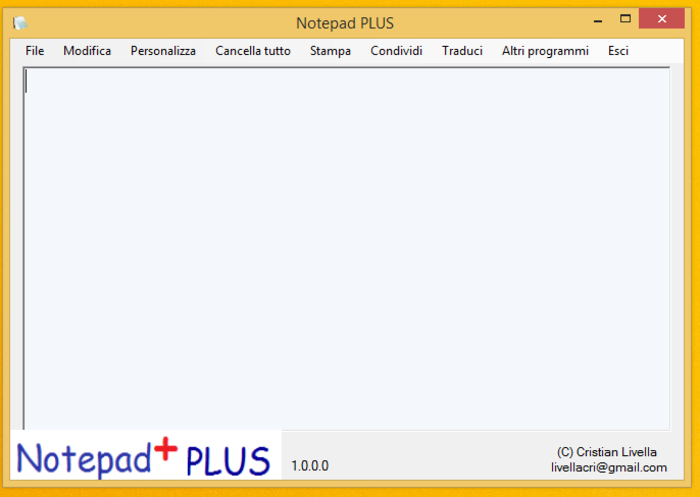

- #Xml notepad deutsch install
- #Xml notepad deutsch code
- #Xml notepad deutsch download
- #Xml notepad deutsch free
You can open Notepad by tapping or clicking. Things will not be perfect, but they will be readable. The main menu contains the following steps: TextFX -> TextFX Edit. After that, you’ll need to select all of your texts. To begin copying, you must first find a > word on the clipboard.
#Xml notepad deutsch download
To resolve an XML problem, download the TextFX Characters plugin (install from the plugin manager). Pretty Print can format XML files with the proper line spacing and is an excellent place to start if you don’t mind making errors. plugins in C:/Program Files/x86)/Notepad++ If you restart Notepad, you should see the XMLTools menu item. In the following example, open Notepad’s installation directory and delete the ext_libs.zip file before copying the unzipped DLLs to it. TextFX, as opposed to XML Tools, has the advantage of wrapping long lines, but it fails to properly mark them. To get the most out of your XML tidy and XML tools, use both. Selecting a plugin from the plugin tab will take you to the plugin manager, where you can choose any plugin you want.
#Xml notepad deutsch install
When you install Notepad, add the plugin manager. The XML tool is required to be installed see Plugins menu item * Plugins Admin. Although libXML produces good results, only if the file is 100% correctly typed. If Eclipse isn’t working for you, perform the right button, source, and correct indent. You can get a proxy right here if you’re using one.
#Xml notepad deutsch code
This makes the code easier to read and also helps prevent errors. For example, if your XML code looks like this: Tove Jani Reminder Don’t forget me this weekend! You would want to format it like this: Tove Jani Reminder Don’t forget me this weekend! Notice how the code is indented each time a new tag is opened. Each time you open a new tag, you should indent your code by two spaces. To do this, you will need to use the XML tags to indent your code. If you don’t want to use Notepad++, you can still format your XML code in Notepad by hand. This will automatically indent your code so that it is easier to read.

Once you have Notepad++ installed, open your XML file in it and then go to the Format menu and choose XML Indent. This will help you see your code more clearly and make it easier to find errors.
#Xml notepad deutsch free
First, you can use Notepad++, which is a free source code editor that has syntax highlighting for XML. If you are interested let me know and I will write up the tips one at a time.If you want to format your XML code in Notepad, there are a few things you can do to make the process a little easier. When I get some time on my hands I will automate some of this with a Rekordbox.xml editor program to further enhance beatgridding, as Rekordbox is currently lacking in some areas. Most of this is easily achievable with a simple text editor like Notepad or Notepad++. I am not sure if there is any interest for this kind of stuff but figured I would put it out there rather than writing a "how to" guide. That is you can reset the Red Bar back to a one beat anywhere in the song it goes off (currently you can only do that once per song but that is only a limitation of the user interface, the grid - through the rekordbox.xml interface - can actually support resetting this). For instance if you set 1/1 correctly in the beginning of a song, but after some sloppy edits the remixer/producer throws off the 1 count in the rest of the song, you can now correct that too. Well you can do that! Either by editing the XML or doing a simple filename change (in Windows) or both.Īnother thing is being able to correct the 1 beat anywhere in the song that it goes off. That's a waste of space when all you want is two (or more) beat grids of the same song. If the song is already in your collection you normally can't have a second version of it in your collection unless you have a second copy of the song. Say I want two versions of the same song in different playlists one at normal tempo and one at half tempo (or vice versa). For instance when rekordbox does a dynamic grid and messes up some beats in the beginning of a song but gets the rest perfect, I don't want to manually redo the rest of a complicated song, so now I just edit the beat grid directly. I can alter an otherwise good beat grid for specific sections where the beat has gone off. Not sure if any of you would be interested but here are a few of the things I have been able to do by manually editing that file. I have come across a few tricks that I have found helpful that require modifying rekordbox.xml, and then reimporting songs from there back into my library. So I have been poking around the backend of Rekordbox to help me fine tune my library.


 0 kommentar(er)
0 kommentar(er)
